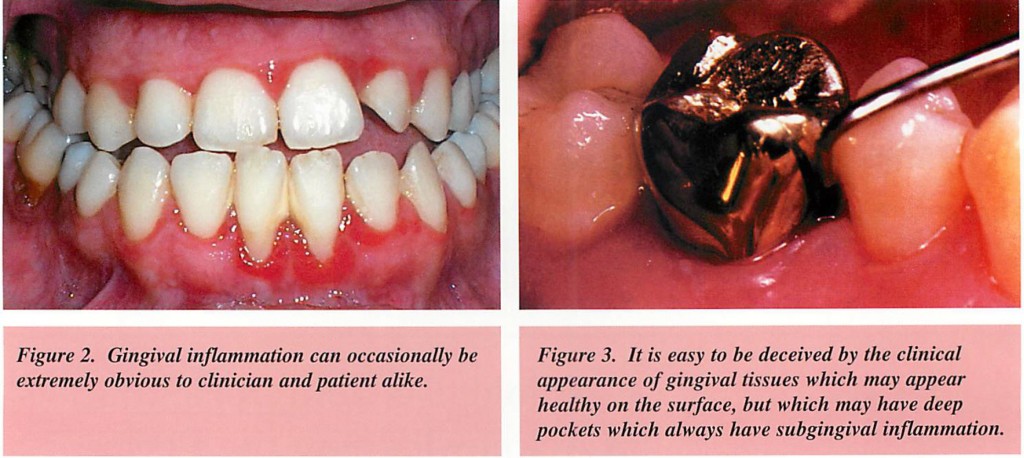To follow up with last week’s blog post, below are the recommendations that both cardiologists and periodontists can provide their patients, based on the evidence of a connection between heart disease and gum disease:
- Patients with periodontitis who have one known major atherosclerotic CVD risk factor such as smoking, immediate family history for CVD, or history of dyslipidemia, should be informed of the increased risk for atherosclerotic CVD and advised to undergo a medical evaluation if they have not done so within the past 12 months.
- A periodontal evaluation should be considered in patients with atherosclerotic CVD who have: signs or symptoms of gingival disease; significant tooth loss, and unexplained elevation of CRP or other inflammatory biomarkers.
- When periodontitis is newly diagnosed in patients with atherosclerotic CVD, physicians and dentists managing patients’ CVD should closely collaborate in order to optimize CVD risk reduction and periodontal care.
Cardiologists managing patients with cardiovascular disease are encouraged to evaluate their patients’ mouths for basic signs of periodontal disease and refer these patients for appropriate treatment.
Dentists are encouraged to inform their patients of the increased risk of cardiovascular disease associated with periodontal disease.
Patients with atherosclerotic CVD should undergo a comprehensive examination of periodontal tissues for inflammation and bleeding on probing, loss of connective tissue attachment determined by periodontal probing, and radiographic bone loss.
Patients with periodontitis need to be treated to reduce and control bacterial accumulations and eliminate inflammation.
